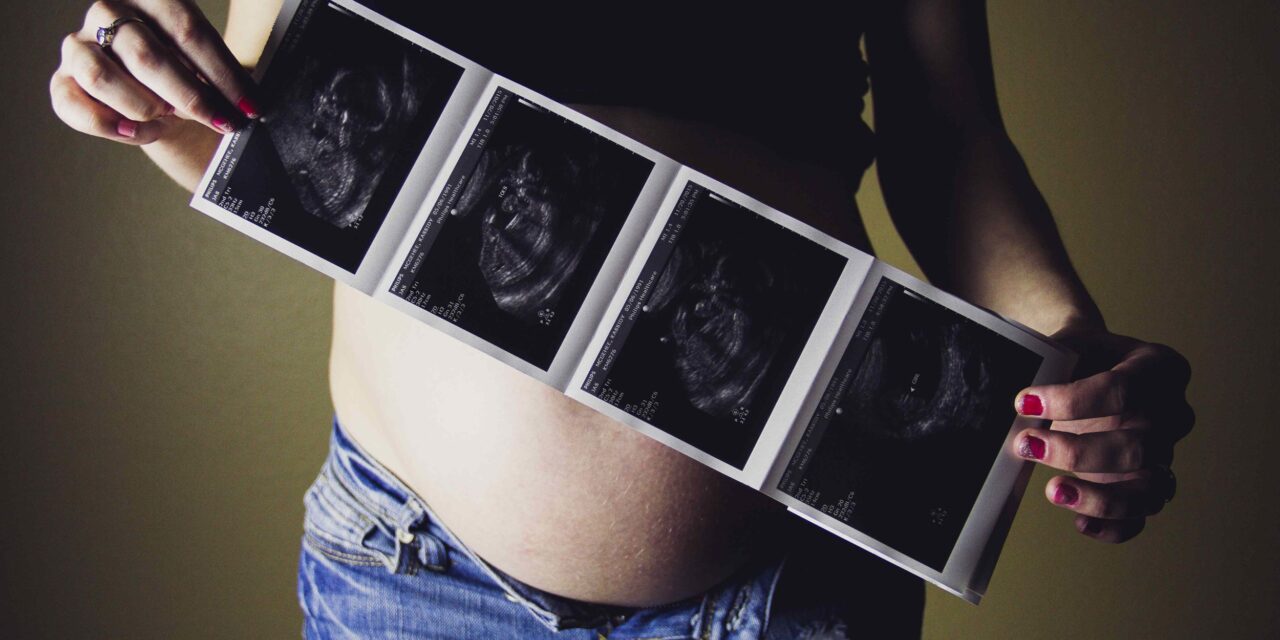A radical prostatectomy is a common treatment option for prostate cancer in which the prostate is surgically removed. It is well known that following catheter removal after surgery, many men will experience moderate to significant amounts of involuntary urinary loss following surgery that can last from weeks to years. Hunter et al. in 2004 wrote...
Irritable Bowel Syndrome (IBS) is a condition that is thought to be prevalent in up to 9-23% of the world’s population. It is associated with diarrhea, constipation or both, abdominal pain and bloating, possible urinary symptoms and pelvic pain. Common comorbidities including sleep difficulties, chronic pain, chronic fatigue syndrome, and TMJ dysfunction can have a...
Pelvic floor muscles play an important role in sexual function for both men and women as they help increase and maintain blood flow to the genitals during sexual arousal. Both strength and motor control are important for proper muscle function anywhere in the body, including the pelvic floor. The prevalence of erectile dysfunction is unknown,...
Understanding and prioritizing pelvic floor relaxation is fundamental to maintaining overall muscle health. The pelvic floor’s unique ability to lengthen and relax plays a crucial role in various bodily functions, including urination, bowel movements, childbirth, and sexual arousal. In this blog, we’ll explore the significance of pelvic floor relaxation and provide insights into its benefits,...
Scientific research, including a Cochrane Review by Dumoulin et al. from 2018 that reviewed the information in 31 research trials, concludes there is grade A or high-quality evidence to support the use of pelvic floor muscle training to treat stress urinary incontinence or the urinary leaking that occurs with cough or a sneeze. There is...
Overactive Bladder (OAB) is a group of symptoms, not a disease, that is associated with sudden and frequent urge to urinate. Urinary urge incontinence is the involuntary loss of urine associated with a sudden, overwhelming urge to urinate. The prevalence of urge incontinence in women is thought to be between 20-30%. Although it is less...
“Do your kegels.” How often do pregnant women hear that little phrase? These days, most prenatal apps, books, or health care professionals will tell a pregnant patient to do their kegels at some point during pregnancy. How many should you do, how often, should you really be doing them, and how do you even know...
The 6-week postpartum doctor’s visit is when women are often “cleared” for activity and are often advised to start slowly and gradually build exercise volume. Running is a popular activity in the postpartum population given the flexibility of scheduling exercise, weight loss and fitness benefits and ability to participate in exercise with your baby (once...
Many questions arise during pregnancy regarding the safety of different forms of exercise for both mother and developing child. The information included here originates from the recently revised Canadian guideline for physical activity during pregnancy (Mottola et al 2019) and the American College of Obstetricians and Gynecologists Opinion on Physical Activity During Pregnancy and the...
The pelvic floor consists of muscles, ligaments, fascia and nerves located within the bony pelvis of women and men. In physical therapy we often discuss the muscles of the pelvic floor and may simply refer to these as the “pelvic floor”. These muscles serve essential functions including: Support for pelvic organs (bladder, uterus, bowel) Control...



